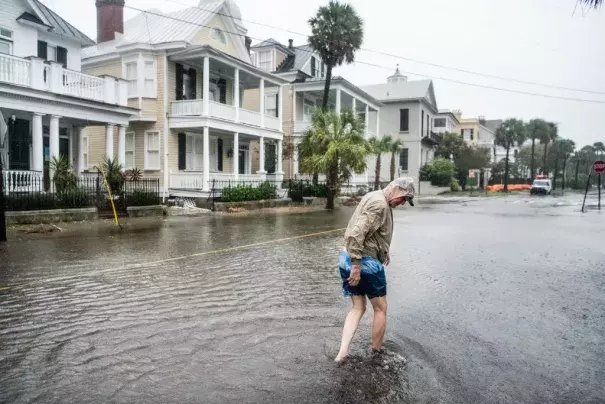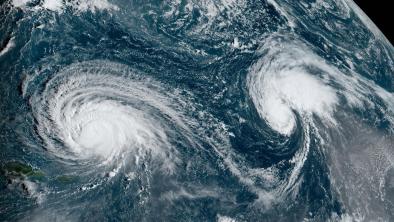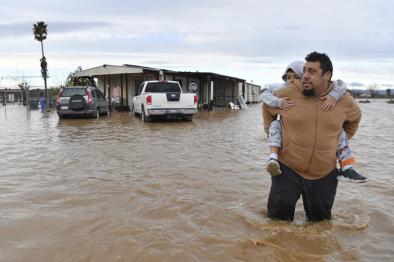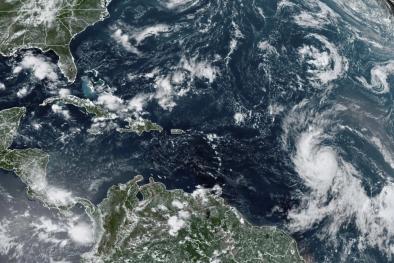Tropical storm could form off the East Coast this weekend before hurricane season even begins

Climate Signals Summary: Climate change is increasing the frequency of intense Atlantic hurricanes, and increasing ocean temperatures which may be lengthening the Atlantic hurricane season.
Article Excerpt: The Atlantic hurricane season’s first tropical storm could develop near Florida and the Bahamas this weekend, according to forecasting from the National Hurricane Center, continuing a trend toward more preseason storms in the Atlantic in recent years.
There’s about a 50% chance the area of pressure will form into a depression or storm off the East Coast within the next few days. If it forms, receiving the name Arthur, it will mark the sixth year that a storm has developed before the official start of hurricane season on June 1.
...
Hurricane season in 2020 is expected to be exceptionally active, with at least 16 forecast tropical storms, eight of which could become hurricanes.
The expected strength is due primarily to a developing La Nin aa, a climate pattern that leads to cooling of surface ocean waters in the tropical Pacific that supports favorable atmospheric conditions in the Atlantic for hurricanes.
Climate change has caused more frequent and intense disasters across the U.S. and the Atlantic hurricane season has become longer as ocean temperatures rise.
Whether or not Arthur forms over the weekend, some hurricane researchers are urging that the official start date of hurricane season be moved to mid-May to represent the mounting number of storms forming earlier than June. The current official start and end dates set by the Hurricane Center are June 1 and Nov. 30 but could be shifted.
...
Meanwhile, U.S. officials are preparing social distancing measures in emergency response plans to reduce the spread of the coronavirus during storm evacuations this year, since packed evacuation shelters could be hot-beds for disease spread.
The Federal Emergency Management Agency, which faces immense challenges and limited resources in dealing with the pandemic and impending climate disasters, has $6 billion on hand for federal response to the virus and $80 billion in disaster relief funds.
Related Content





